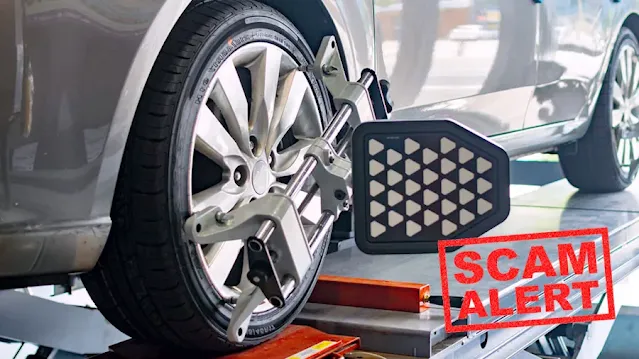Window tinting is a fantastic way to enhance the aesthetic appeal and functionality of your vehicle or home. Whether you're looking to reduce glare, enhance privacy, or protect against harmful UV rays, tinting your windows can offer a range of benefits. However, like any home or automotive improvement project, it's essential to know the do's and dont's to ensure you get the best results possible. Here's a comprehensive guide to help you navigate the world of window tinting:
The Do's:
-
Research Local Regulations: Before you dive into window tinting, familiarize yourself with local regulations regarding tint darkness and reflectivity. Different regions have varying laws, and failing to comply can lead to fines or even having to remove the tint.
-
Choose Quality Tint: Opt for high-quality window tinting film from reputable brands. Quality tinting not only lasts longer but also provides better UV protection and heat rejection.
-
Consider Professional Installation: While DIY kits are available, consider professional installation for the best results. Professional installers have the expertise and tools to ensure a flawless finish without bubbles or creases.
-
Clean Windows Thoroughly: Before applying tinting film, clean your windows thoroughly to remove any dirt, dust, or residue. This ensures a smooth surface for the tint to adhere to, preventing imperfections.
-
Use Proper Tools: If you're attempting a DIY installation, make sure you have the right tools for the job, including a squeegee, heat gun, and razor blade. These tools help in smoothing out the tint and trimming it to fit perfectly.
-
Allow for Proper Drying Time: After installation, allow the tinting film to cure properly before rolling down the windows or cleaning them. This usually takes a few days, depending on the type of film and weather conditions.
-
Maintain Regular Cleaning: Keep your tinted windows clean with regular maintenance. Use a mild soap and water solution along with a soft cloth to avoid scratching the tint.
The Dont's:
-
Don't Rush the Process: Take your time during the installation process to ensure a professional-looking finish. Rushing can lead to mistakes and imperfections that are difficult to correct.
-
Avoid Low-Quality Tint: While it may be tempting to opt for cheaper tinting options, low-quality films can quickly fade, bubble, or peel, requiring replacement sooner than expected.
-
Don't Roll Down Windows Too Soon: Resist the urge to roll down newly tinted windows immediately after installation. Doing so can disrupt the adhesive and cause the tint to peel or bubble.
-
Avoid Excessive Heat During Installation: High temperatures can make tinting film more pliable, but excessive heat can also cause it to stretch or warp. Install tinting film in a controlled environment with moderate temperatures.
-
Don't Neglect Maintenance: Once your windows are tinted, it's essential to maintain them properly. Neglecting regular cleaning and maintenance can lead to the buildup of dirt and grime, affecting the appearance and longevity of the tint.
-
Avoid Using Harsh Chemicals: When cleaning tinted windows, avoid using harsh chemicals or abrasive materials that can damage the tinting film. Stick to mild soap and water solutions and soft cloths to preserve the integrity of the tint.
-
Don't Ignore Warranty Information: If you opt for professional installation or purchase high-quality tinting film, be sure to review the warranty information carefully. Familiarize yourself with the terms and conditions to understand what is covered and how to address any issues that may arise.
What not to do after getting windows tinted?
After getting windows tinted, avoid rolling them down immediately, neglecting maintenance, using harsh chemicals, or disregarding warranty information.
By following these do's and dont's of window tinting, you can ensure a successful installation and enjoy the benefits of tinted windows for years to come. Whether you're enhancing your vehicle or improving the comfort and privacy of your home, proper window tinting can make a significant difference.











